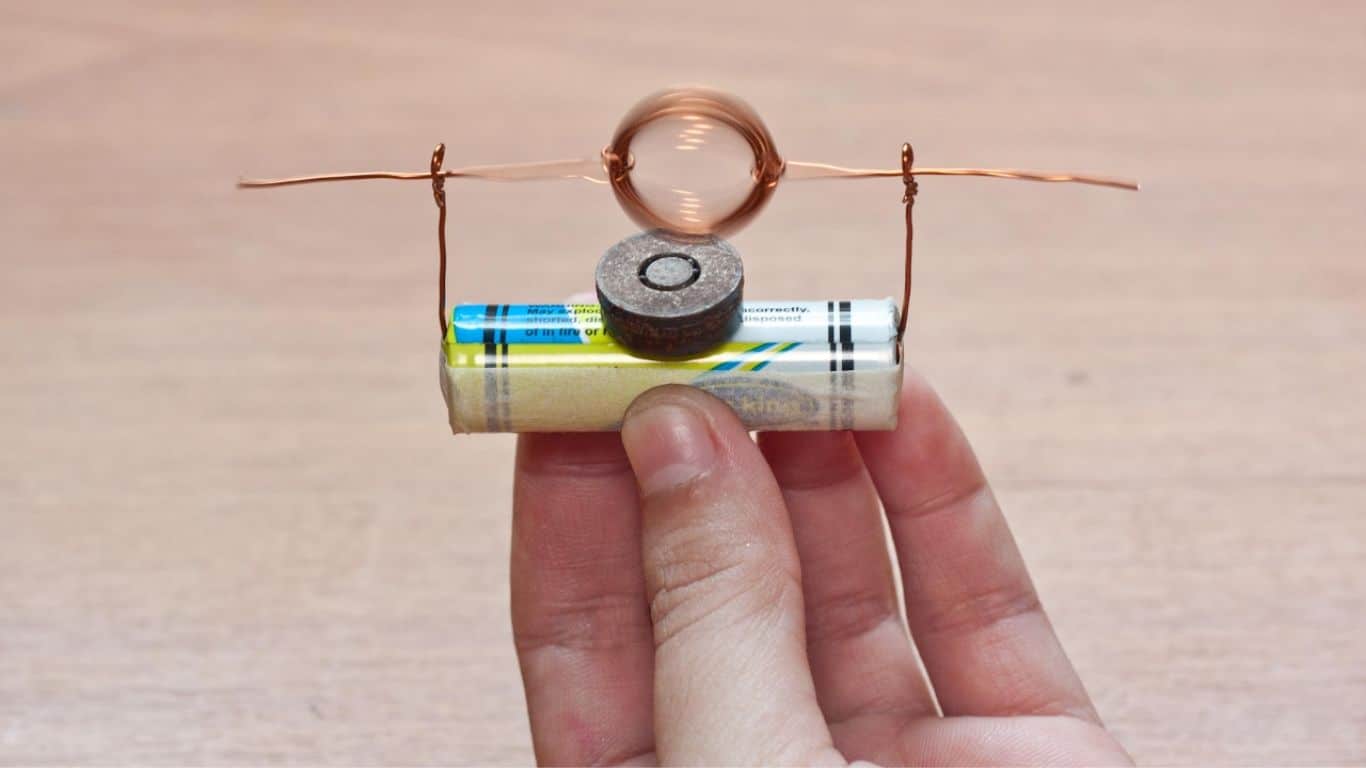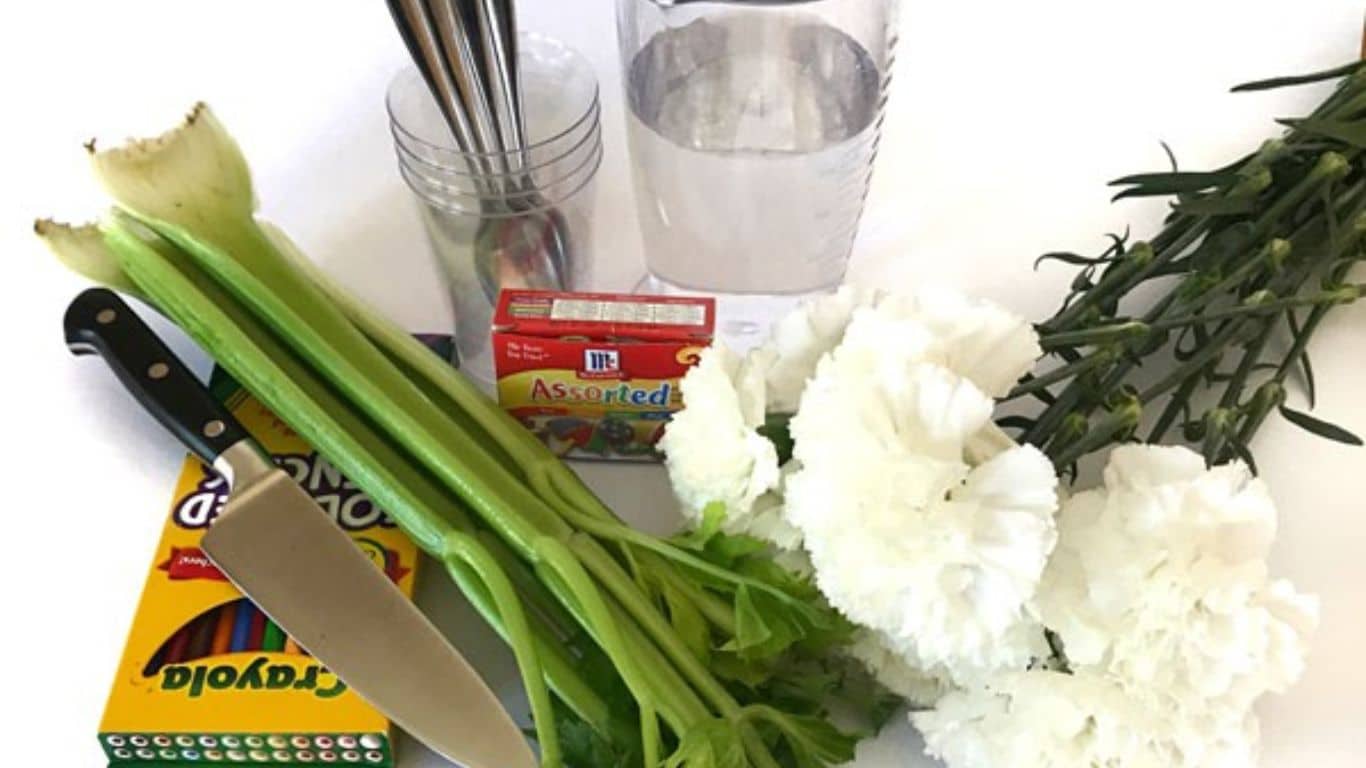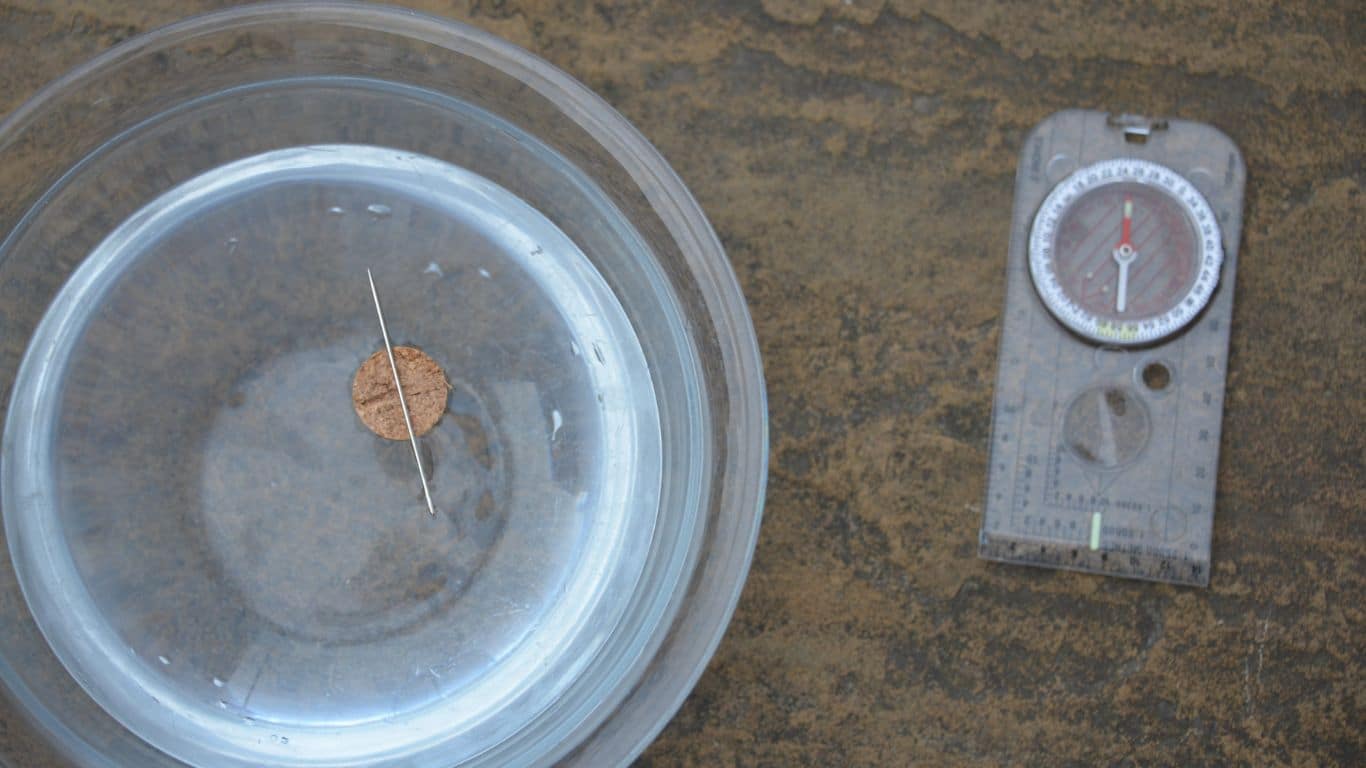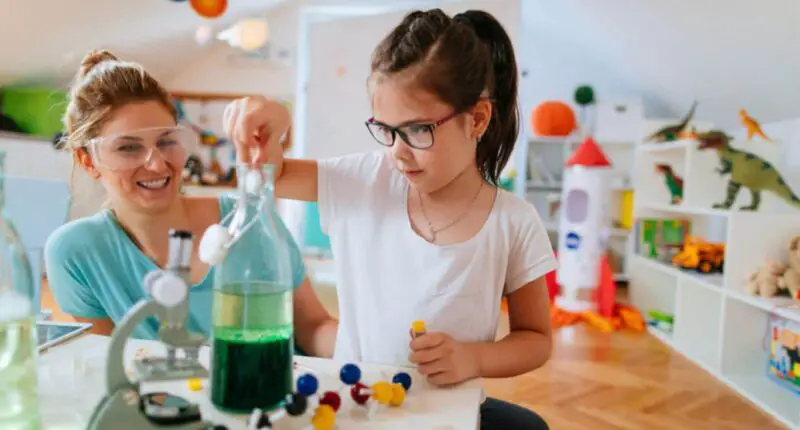Are you looking for some fun and educational activities to engage your child’s curiosity in science? Look no further! We’ve compiled a list of 10 great science experiments for kids. From creating a volcano eruption to making a homemade battery, these experiments will help your child explore various scientific concepts in a hands-on and engaging way. So grab your lab coat and safety goggles and let’s get started!
10 Great Science Experiments For Kids
Make a volcano

The baking soda and vinegar volcano experiment is a classic science experiment that demonstrates a chemical reaction between two common household items. When baking soda (sodium bicarbonate) and vinegar (acetic acid) are combined, they react to form carbon dioxide gas and water. The carbon dioxide gas produced creates a foamy eruption that simulates a volcanic eruption. This experiment is not only fun and exciting for kids, but it also teaches them about chemical reactions, gas formation, and the properties of acids and bases. Plus, it’s easy to set up with just a few household items!
Homemade lava lamp

Creating a homemade lava lamp is a simple yet fascinating experiment that can be done with just a few household items. First, fill a clear container with water and add a few drops of food coloring. Next, fill the container almost to the top with vegetable oil. The oil and water won’t mix because oil is less dense than water. Drop an Alka-Seltzer tablet into the container and watch as bubbles form and rise through the oil, creating the appearance of a lava lamp. The tablet reacts with the water to create carbon dioxide gas, which rises to the top, taking the colored water with it. As the gas is released, the bubbles pop, and the colored water sinks back down.
Make a simple motor

To make a simple motor using a battery, a magnet, and a wire, you need to create a wire coil and attach it to a battery. Next, place a magnet inside the coil and position the coil so that it can spin freely. When the battery is connected to the wire coil, an electrical current flows through the coil and interacts with the magnet, creating a force that causes the coil to spin. This spinning motion is the basis of how electric motors work, and this experiment provides a fun and simple way for kids to learn about the principles behind them.
Create a mini greenhouse

Creating a mini greenhouse is a simple and fun science experiment for kids. To start, take a clear plastic cup and fill it with soil. Then, plant some seeds of your choice in the soil and add a little water to help them grow. Next, cover the cup with plastic wrap and place it in a sunny spot. The plastic wrap will act as a greenhouse, trapping in heat and moisture to create a perfect growing environment for your seeds. Over time, your seeds should sprout and grow into small plants, providing a great opportunity for your child to observe the science of plant growth and the impact of environmental factors on their development.
Create a homemade rocket

Creating a homemade rocket with a film canister, baking soda, and vinegar is a fun and exciting experiment that demonstrates the chemical reaction between an acid (vinegar) and a base (baking soda) to produce carbon dioxide gas. To create the rocket, first, put a small amount of baking soda in a film canister. Then, pour vinegar into the canister and quickly snap the lid on, place the canister upside down and wait for the reaction to occur. As the baking soda and vinegar react, the carbon dioxide gas produced builds up pressure inside the canister, causing it to launch like a rocket. This experiment is an excellent way to introduce kids to chemical reactions and the properties of gases.
Experiment with static electricity

When you rub a balloon on your hair, it creates static electricity. This is because when two materials are rubbed together, negatively charged particles, called electrons, can transfer from one material to the other. The balloon becomes negatively charged and can then stick to a wall or other objects because of the attraction between the negative charge on the balloon and the positive charge on the wall. This simple experiment is a great way to introduce children to the concept of static electricity and can also be used to teach about the properties of charged particles and their interactions with other objects.
How plants absorb water

This experiment is a simple way to demonstrate how plants absorb water through their stems. First, select white flowers and cut the stem at an angle. Then, place each flower in a different vase filled with water and food coloring. Over time, the flower will begin to change color as it absorbs the colored water through its stem. This happens because the water moves up the stem through tiny tubes called xylem. The experiment can be extended by using different colored water, comparing the rate of absorption in different flowers, or by adding certain substances to the water to see how they affect the process.
Experiment with buoyancy

Buoyancy is the ability of an object to float on a liquid or a gas. This experiment allows children to explore this scientific concept by creating a boat out of tin foil that can hold pennies without sinking. By varying the size and shape of the boat and adding weights, children can observe how buoyancy works and understand the factors that affect it. This experiment also encourages children to think critically and creatively as they design and test their boats, making it a fun and interactive way to learn about science.
Make a homemade compass

Making a homemade compass using a magnet and a needle is a simple and fun science experiment that demonstrates the principles of magnetism and magnetic fields. To make a compass, you need a magnet, a needle, a cork, and a bowl of water. First, rub the magnet against the needle to magnetize it. Then, push the needle through the cork and float it on the surface of the water. The needle will align itself with the Earth’s magnetic field and point north-south. This experiment helps children understand how a compass works and introduces them to the concept of magnetic fields and their influence on objects.
Create a solar oven

Creating a solar oven using a pizza box and aluminum foil is a fun and educational way for kids to learn about solar energy and how it can be used to cook food. To make the oven, cut out three sides of the pizza box, leaving a one-inch border around the edges. Cover the inside of the box with aluminum foil and create a flap at the top to reflect sunlight into the box. Place graham crackers, chocolate, and marshmallows on a metal tray and put it inside the box. As the sun shines on the aluminum foil, it will reflect heat and cook the s’mores inside the box. This experiment is a great way to teach kids about renewable energy and sustainability.
Also Read: 10 Must-Read Books Starting with Letter D



